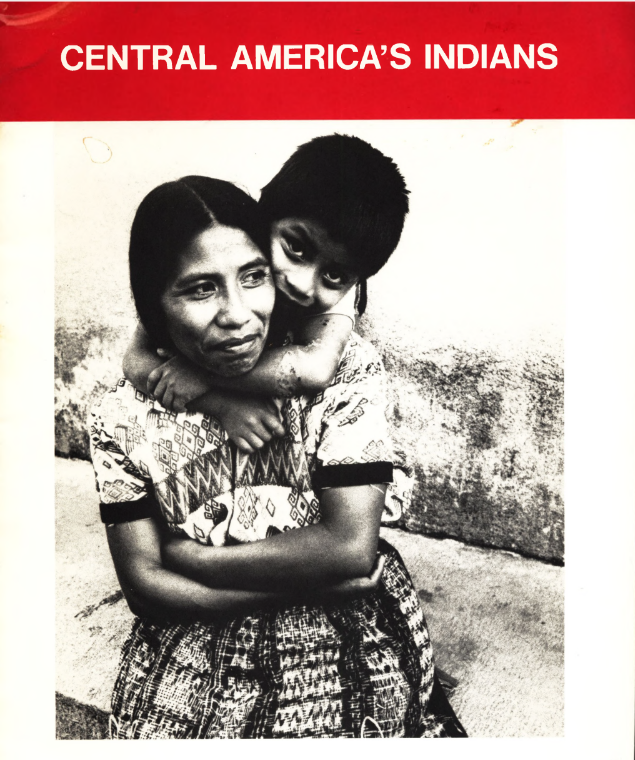Environment
The United States Virgin Islands form the eastern most outpost of the United States. They are located between the Caribbean Sea and the Atlantic Ocean about 80 kilometres east of Puerto Rico. The territory consists of four main islands: Saint Thomas, Saint John, Saint Croix, and Water Island. There are also sixty-four other mostly uninhabited islands producing a combined land area of just 346 square kilometres.
History
The Virgin Islands were originally settled by the indigenous Ciboney, Kalinago (Carib), and Taino (Arawaks). The area was named by Columbus (1493) in honor of Saint Ursula and her 10,000 virgin followers. Over the next two hundred years, the territory changed hands between various European powers, but no permanent settlements were made but the indigenous groups were annihilated.
The Danish West India Company eventually colonized Saint Thomas in 1672, settled on Saint John in 1694, and purchased Saint Croix from France in 1733. They continued to hold it until 1754 when Frederick V, king of Denmark, bought the territory and made them royal Danish colonies.
The Danes were major participants in the maritime transportation of slaves and began importing shiploads of enslaved Africans to the Virgin Islands in 1673. During the 18th and 19th centuries, the Islands flourished as a major slave trading centre and producer of sugar. The slave trade was banned by the Danish government in 1792 but slavery continued and 56 years later a slave revolt on Saint Croix led to immediate emancipation in July 1848.
With the loss of African slave labour the economy of the Virgin Islands disintegrated. The United States eventually bought it from Denmark during World War I (1917) for US$25 million and built a naval station to protect the Panama Canal from German submarines. From 1917 to 1931 the US Department of the Navy governed the territory. Virgin Islanders became US citizens in 1927 and after World War II the Islands once again prospered largely due to US federal aid, and tourism.
Governance
In 1946 William Henry Hastie became the first appointed black governor. In 1968 the US Congress passed a law granting Virgin Islanders the right to elect their own governor and in 1971 native-born Melvin Evans became the first elected governor.
US Virgin Islands is an unincorporated US external territory. Although being US citizens, Virgin Islanders cannot vote in US presidential elections.
Executive power is vested in the elected governor, lieutenant governor, and attorney general appointed by the governor At the territorial level a single chamber legislature composed of 15 senators legislature is elected for two-year terms.
The territory is heavily dependent on links with the US mainland and Puerto Rico (accounting for 90 per cent of trade).
